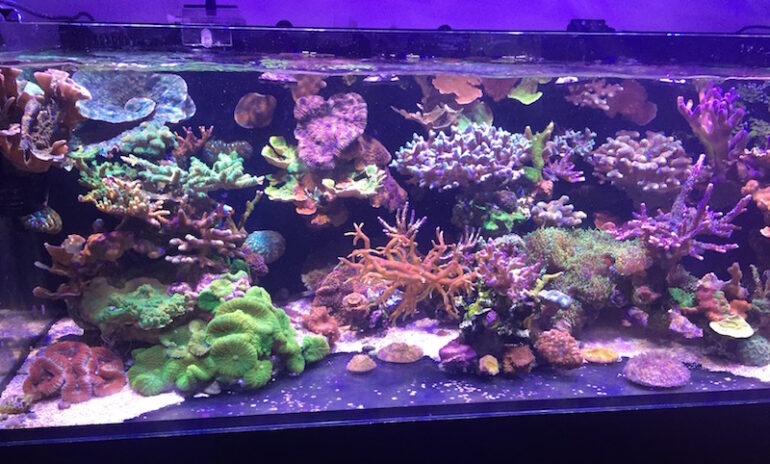Literally every person I know laments over the mistakes they made in the past. Many of us fondly recall our early years in the hobby, and we also all remember the mistakes we made then. This often leads to the cliché that they would love to go back and be 20 or 25 again, but only if we knew then what they know now.
And as I pointed out last week, everyone in the hobby, even experienced hobbyists, make mistakes. And most of us all wished we could go back and do things differently in our tanks when we started. So when I was writing the last article it got me to thinking what I would have done differently, and more to the point what mistakes should new hobbyists avoid.
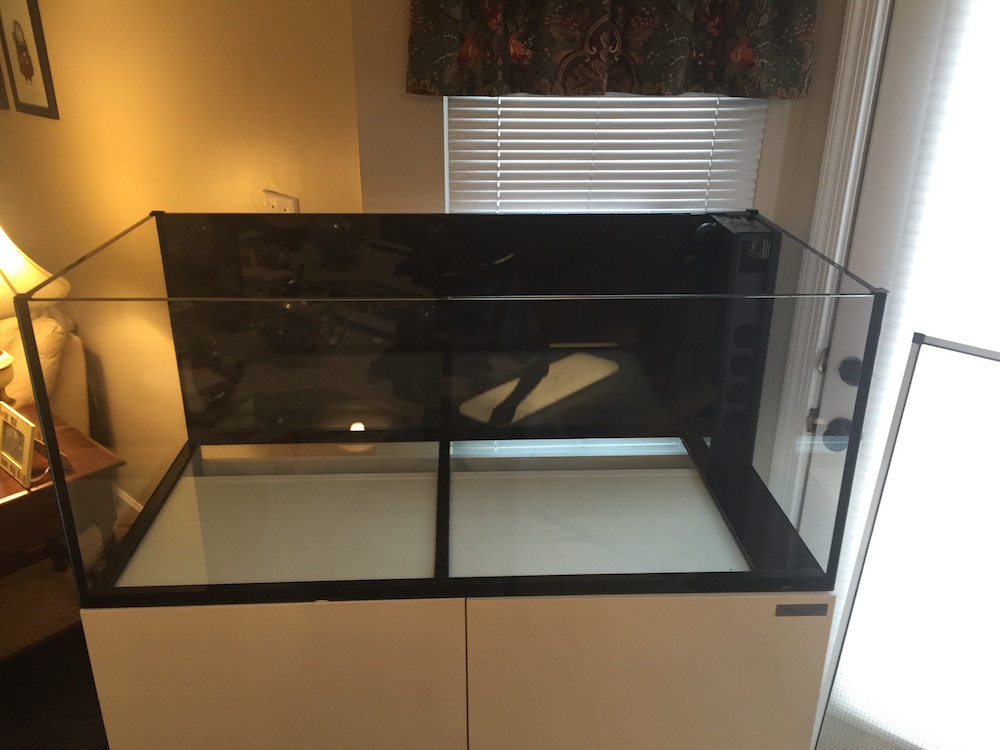
So in this article I am going to try and give the newbies some advice as to what me and many of us that have been in the hobby view as the most common newbie mistakes so you can avoid them. I know you will probably make other mistakes, but hopefully pointing out some of the mistakes you can avoid will keep you from making these and save you time and money.
The First Mistake – Impatience
The first mistake that we all do at first and occasionally still do is being impatient with the hobby. Thirty years ago at a talk I gave in Toronto, I said that nothing good happens fast in a reef tank, only bad things happen fast. In all my years doing this I have never gone to bed with a frag in my tank and have the frag grow into a colony overnight. But I have had a colony turn into a frag overnight.
Unfortunately, when starting in the hobby this mindset is still way too prevalent. Anyone getting into the hobby can see the success that in now widespread, but unfortunately many do not appreciate the effort and especially the time it takes to get there. This manifests itself in many ways for newbies.
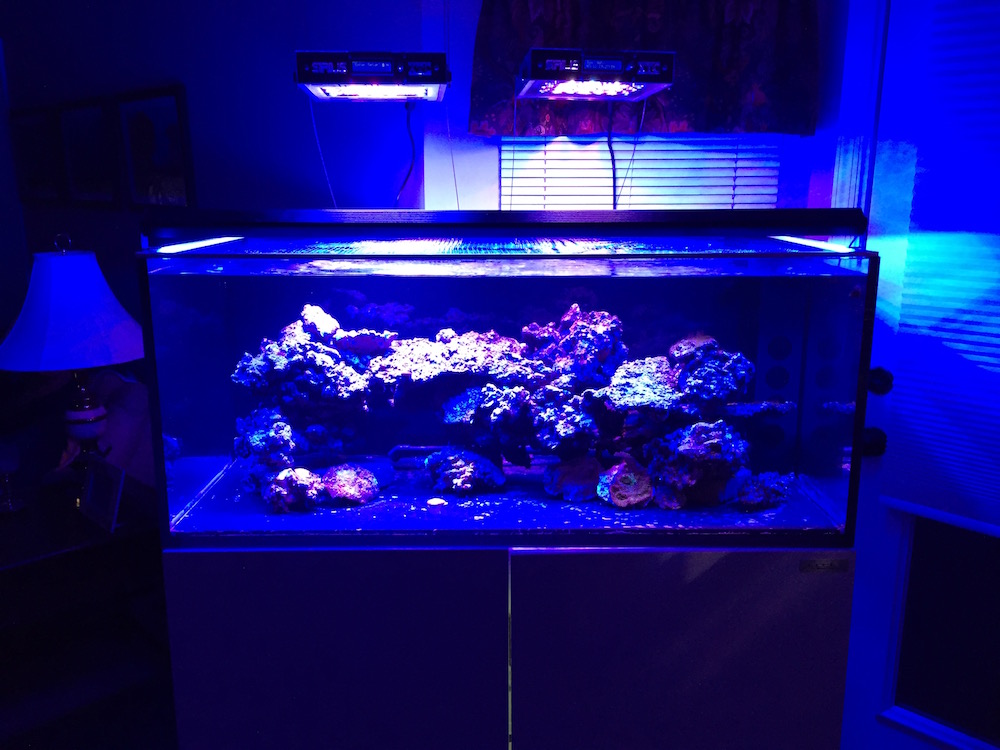
First, they try to rush the cycling of the tank. Even worse new hobbyists now start off with totally dead rock and then try to cycle the tank very quickly by adding bacteria and chemicals and think the tank is ready because the ammonia and nitrite and other levels look safe.
First, they try to rush the cycling of the tank. Even worse new hobbyists now start off with totally dead rock and then try to cycle the tank very quickly by adding bacteria and chemicals and think the tank is ready because the ammonia and nitrite and other levels look safe.
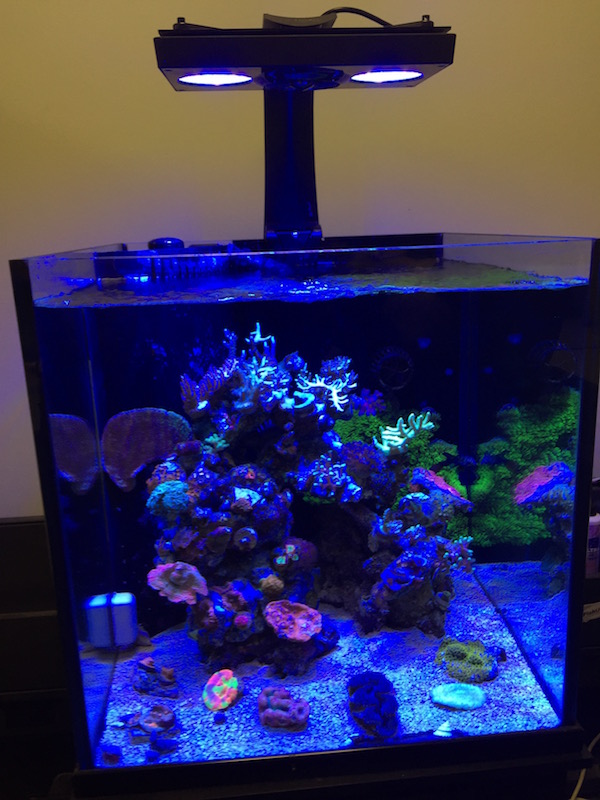
There is far more to having a tank stable and ready for corals and fish than simply looking at just these factors. It also takes allowing other bacteria, microfauna and things like sponges develop and stabilize for a tank to be ready, but this is rarely considered today.
Overstocking
To add insult to injury new tanks are often overstocked. And they are overstocked in a few ways. Obviously the first way is by adding too many fish or corals right at the start. In this regard, not only are too many corals or fish added at the start, but when they are added little regard is given to how big they will grow.
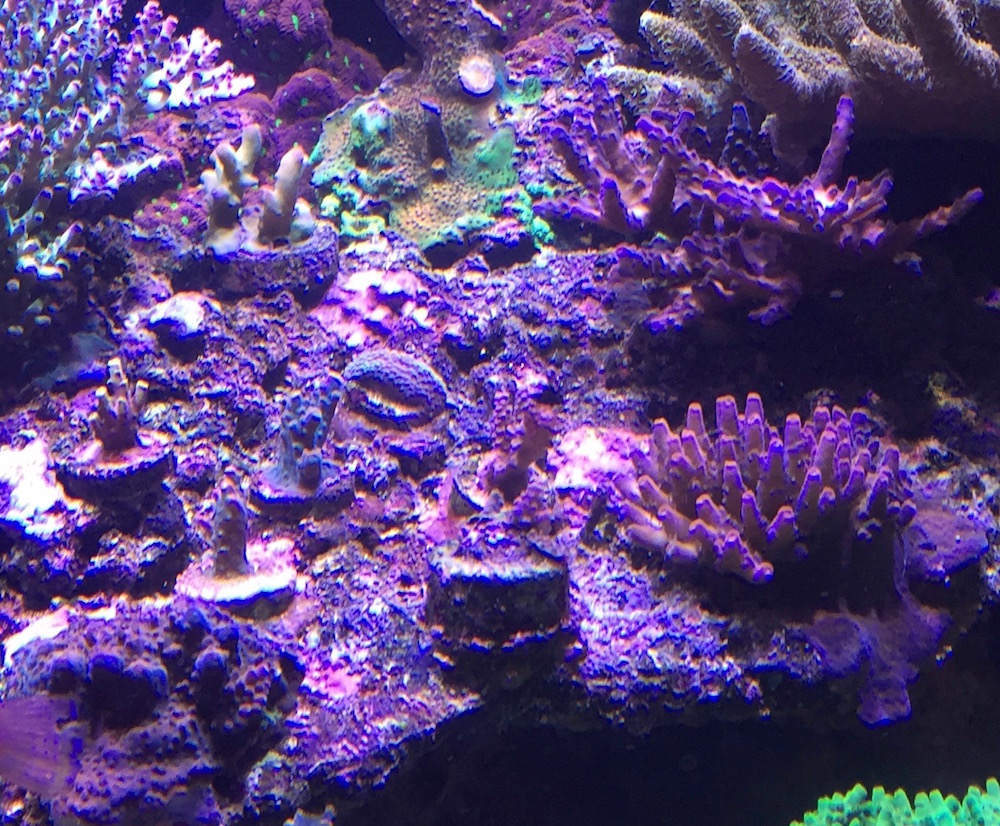
Even when the tank is only started with frags, adequate space is seldom allotted for how big and how fast they will grow, so they end up battling one another for space relatively quickly after they start growing.
This not understanding the space requirements of coral also leads to either them or the live rock on which they are placed being placed too close to the glass. As a result, it becomes problematic to keep the glass clean and have access to the dead spots in the tank.
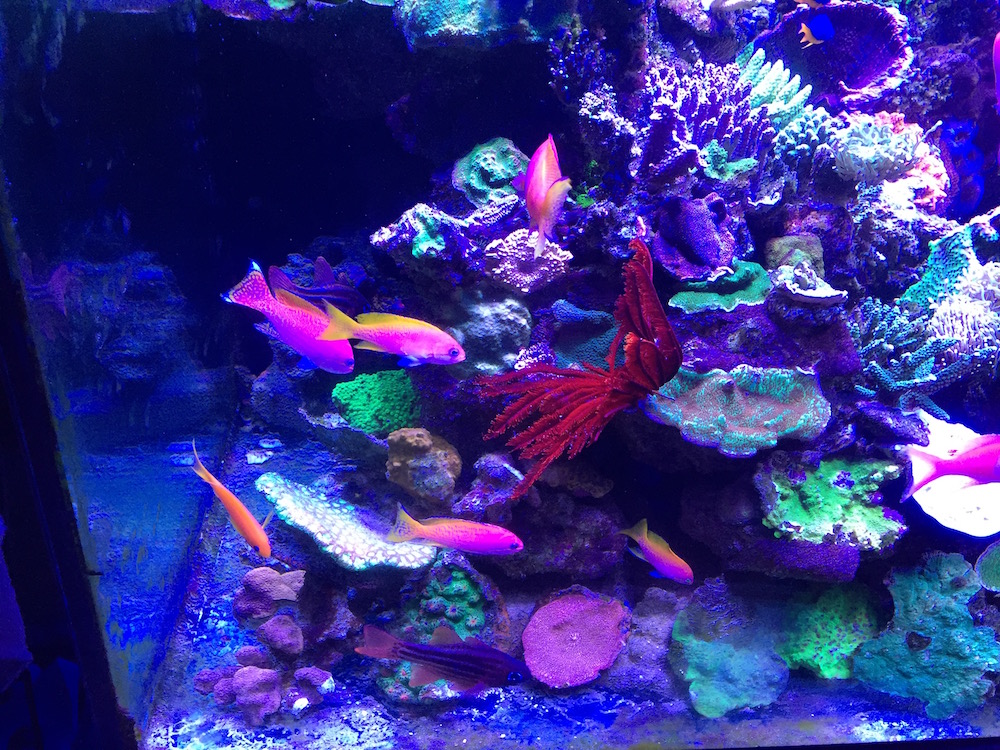
Research
The first is by not planning what it takes to be successful and not reading all they can before they get into the hobby. Everything should be planned out from where the tank will sit to how many and what the electrical consumption will be before a tank is set up. I once saw a tank set up where no thought was given as to where the nearest water source or drain were located.
As a result, water changes were a nightmare to do, and as a result the tank failed over time. In another case I saw a tank set up in a location that was the prime activity point for the house with there being almost constant foot traffic around the tank. All this activity led to the fish hiding for much of the time due to people moving around it so often. Again there is no need to rush this process. Take the time to plan a tank and all that goes into it properly and the likelihood of success will be greatly increased.
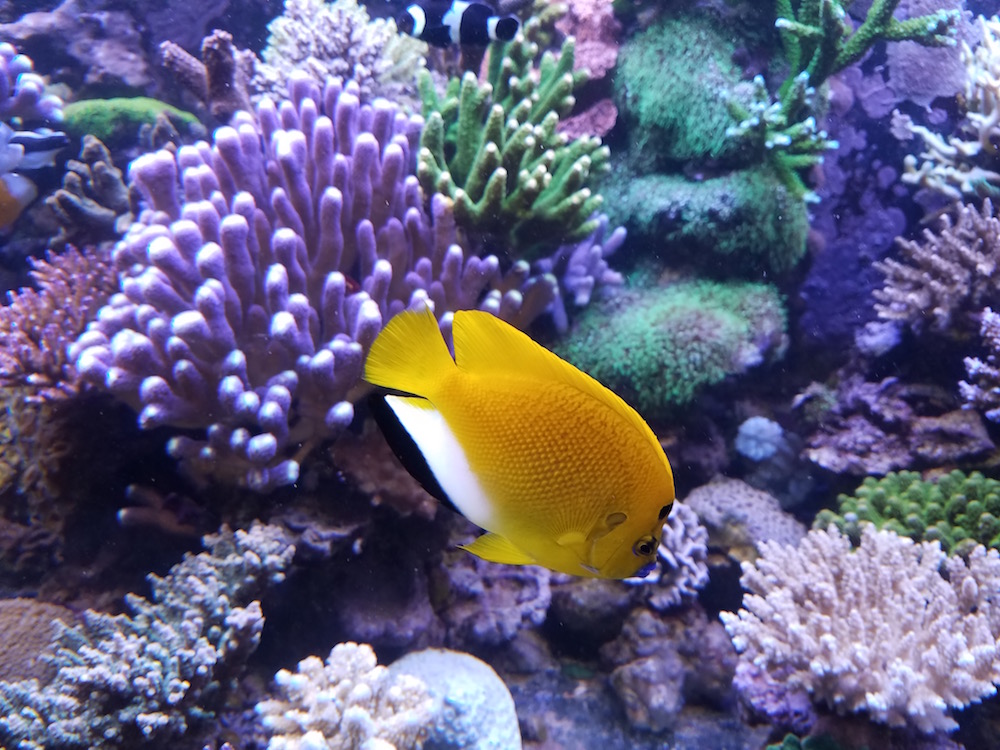
This need for speed also manifests itself in other ways. Not researching a fish or coral before adding it to a tank is one of the other ways new hobbyists rush things. We all impulse buy fish and corals spur of the moment, but for new people in the hobby it can be overwhelming as there are just so many beautiful fish and corals out there, that when they come across them they feel they have to buy and add them lest they lose out on a “one of a kind” item.
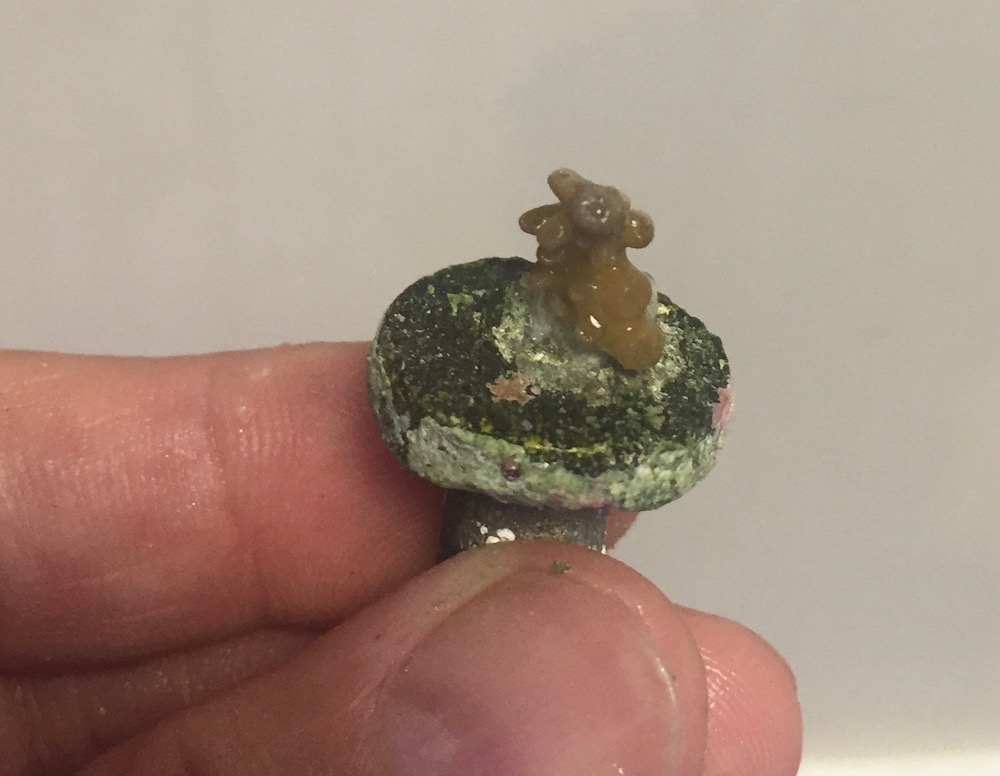
First I will let you in on a little secret, there are very few one-of-a-kind items anymore. If something is really cool someone out there is trying to culture it or propagate it somewhere. So before you add something you know nothing about, do your research to make sure that not only can you keep it alive, but also that it won’t decimate your tank.
Just as bad, when something is purchased it is immediately added to the tank without dipping it or quarantining it. To me at least, especially for a beginner with a new tank, this is a recipe for disaster.
I’m not going to explain the proper methodology for dipping and quarantining new arrivals, I and many others have done that. All I’m suggesting, especially if you are new, that you get into the habit of dipping and quarantining everything you add to your tank.
Leave Things Alone
Another way that new individuals get into trouble by doing things fast is by constantly moving things around and messing with the tank. Anytime anything is moved it takes some time for it to get used to its new environment. So if corals are constantly being moved it delays their settling in and starting to grow.

This is why I have seen tanks that should have been seeing nice growth but were not due to the owner constantly moving the corals around or adding new corals to the tank. I should note that I am not saying that you need to keep your hands out of the tank completely, as this is another problem new hobbyists
I should note that I am not saying that you need to keep your hands out of the tank completely, as this is another problem new hobbyists sometimes have, when things need to be moved or picked up due to their falling they take a laissez faire approach and just let them be.
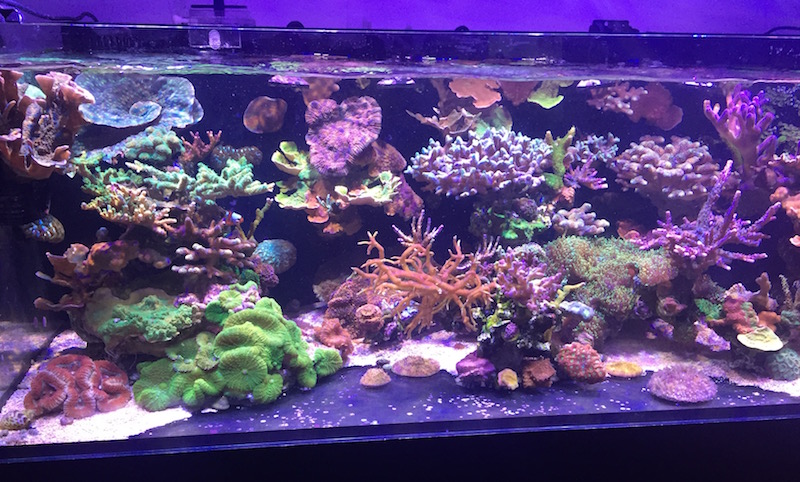
In this case, it is necessary to act quickly to prevent the corals from burning each other or being damaged by sitting in the detritus or substrate at the bottom of the tank. So when a coral falls or gets too near another one, this is the one time to move quickly and remount it in a better spot.
When we start out we often fall in love with our test kits and think that having perfect water conditions is the key to success. While testing is good, it can lead to problems too when making adjustments to the levels that are seen are done too fast. Just about all of the inhabitants of a reef tank do best in a stable environment, so even when the tank’s parameters are out of whack it is better to bring them back into line slowly rather than dumping a huge quantity of something into the tank to get it to the level we want. I have seen individuals dump large amounts of everything from dry salt to kalkwasser into a tank with the goal of getting its salinity or calcium or alkalinity back to the desired level quickly.
In almost all of these cases the result was negative on the tank and the corals rather than positive. So if a parameter or two are way out of line take you time in adjusting it back to the desired level. Typically, we start to pay attention to the levels of things when something dies, so instead of doing that test regularly and often and most importantly keep a log.

In that way you will see when things are starting to drift long before they reach a critical level. And just as importantly if they do reach a level that is off the rails adjust them back slowly over a week or two. Do not try to fix a problem that took weeks or months to occur overnight. Instead realize that most of the organisms in your tank adjusted to that level gradually as it occurred and are also just as likely to accept you bringing things back to normal if you do it over time as well.
The same is true as I mentioned last week when you add new equipment. Whether it is lights or pumps or a media reactor, when adding it let the tank adjust to it gradually. Keeping things stable is one of the best things you can do in a tank, so keep this in mind with whatever changes you are making.
Stability and organization both go a long way toward helping a tank be successful over the long run. So from the beginning try to keep everything around your tank as organized as possible. Unfortunately, just about every piece of equipment you add to a tank has a wire attached to it and if you do not keep things organized these can quickly create a wire spider that is out of control.
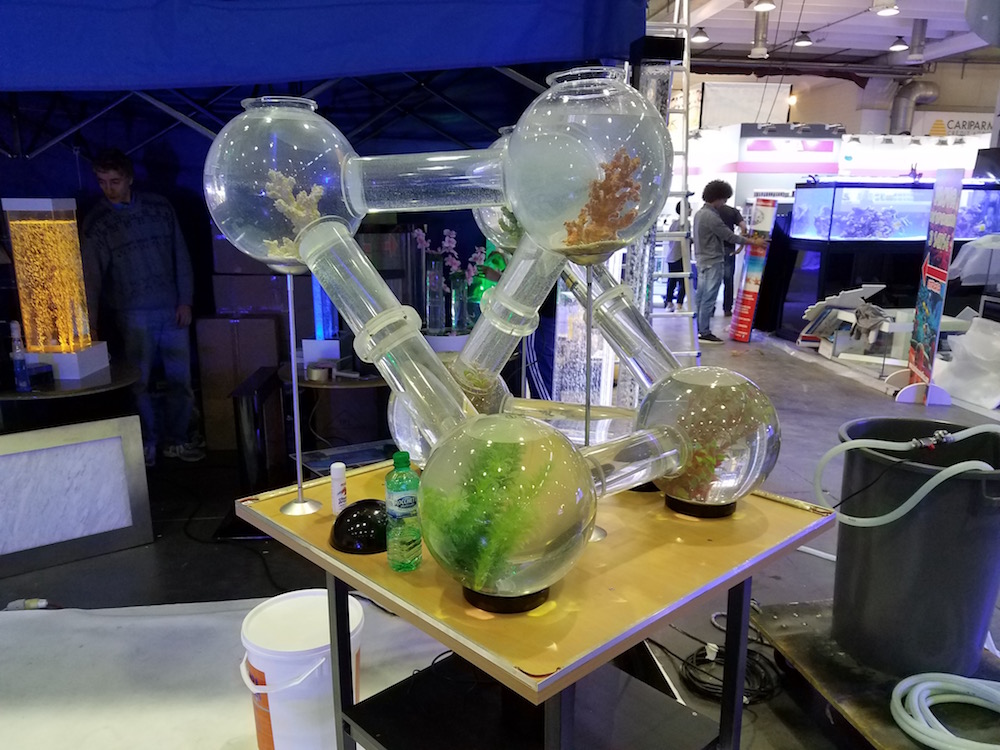
So as you are adding things try to keep them and their wires as organized as possible. This will go a long way toward helping to make long-term maintenance easy over time. If you do not do this, then every time you need to turn off a piece of equipment for whatever reason it will be a problem. So keep everything as organized as you can from the start.
Unproven Fads
The last way that new hobbyists get into trouble by being impatient and rushing into things is by jumping into every new technique or idea as soon as it is talked about on the internet. There are an infinite number of ways to successfully do a tank with new ideas and new methodologies constantly being talked about and shown.
When you are new, and even when you are have done this for a while, it can be very alluring to want to try and add or do these new things in your tank. As I stressed, keeping things stable will go a long way toward helping achieve long-term success.
So while many of these ideas and techniques have merit, constantly trying them or adding them may add to the instability of a tank. So before jumping on them with both feet you might wait to see how they pan out in other’s tanks before you try them, especially in a new tank.
When most of us started out in the hobby we read books and went to lectures to try to learn from others who were successful. Now with the amount of information that is available online this is not as necessary. However, we still need to understand that despite our best efforts and how much information is out there we still do not know everything.
For new hobbyists starting out this is hard to comprehend, especially when they see the level of success that many are having out here. This is not to pooh pooh the level of success we now have, but rather to point out that we still do not know everything we need to and that this hobby is s constant learning process.
So for new hobbyists I strongly urge them even when they think their tank is successful to keep learning and to keep asking questions and to realize that we all still lose fish and corals and that it is often for dumb reasons.
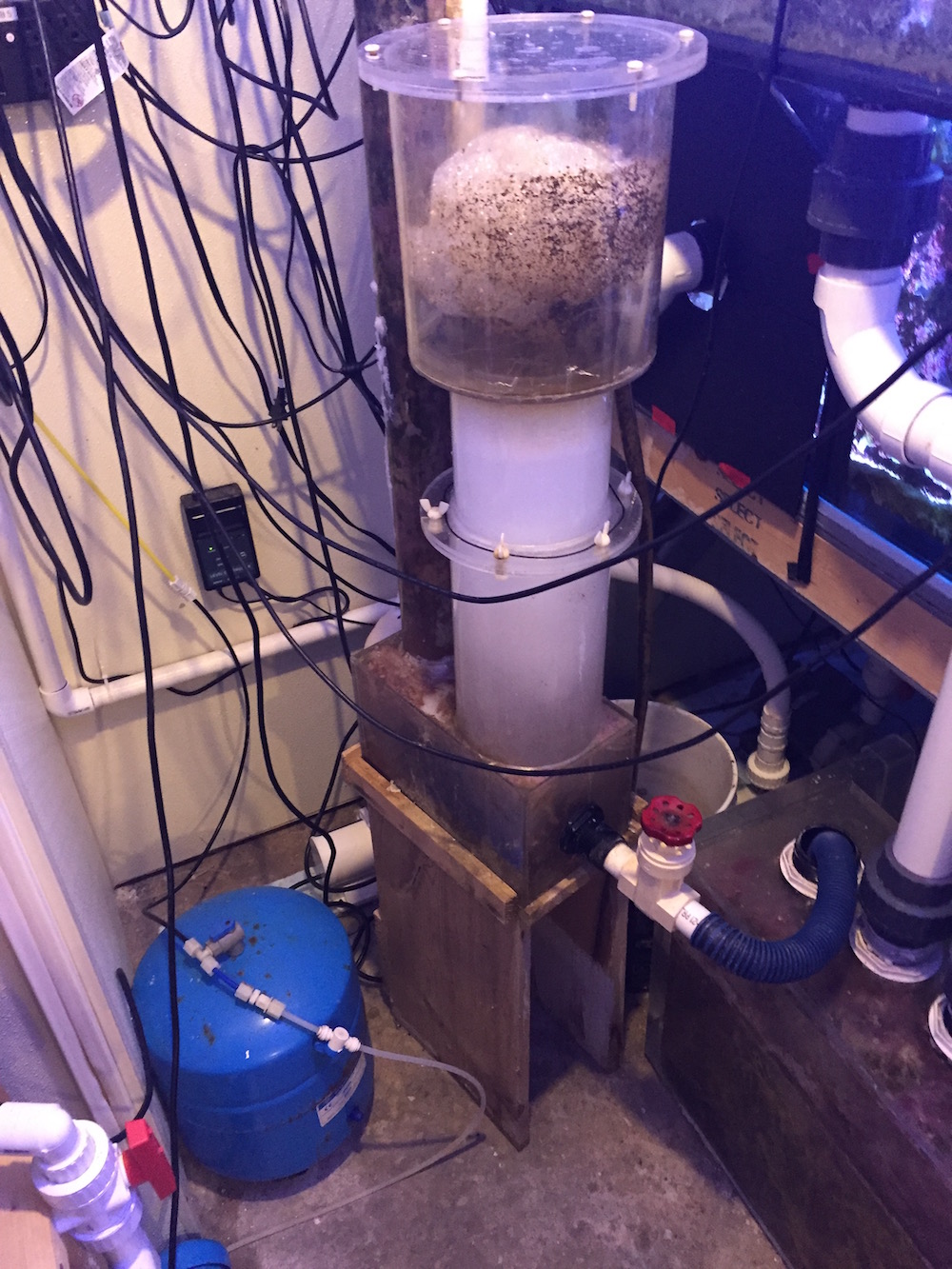
“Shortcuts”
Another thing that often hurts new hobbyists is their desire to cut corners or to try and skimp when buying equipment. As the old adage goes you get what you pay for, in this hobby that is for the most part the truth. I have lost whole tanks due to trying to save a little money on a cheaper heater or pump or powerhead, when if I had purchased the slightly more expensive pieces of equipment whole tanks could have been saved.
I say this as now I know that cheap heaters stick, and some times even good ones, big pumps can blow their bearings, lights can completely fail and powerheads can short out and produce current in a tank among he equipment failures I have had. I have had all of these things and more occur in my tanks over the years, so now I do my homework and try to get the best piece of equipment I can.
This does not always mean the most expensive, but very rarely does it mean the cheapest. As with everything I have also now learned to even be patient when getting equipment so when I can’t afford something I now wait until I can to get it. Most of the time a tank can wait for a new piece of equipment to be added. So take your time and do your homework.

The last mistake I see in new hobbyists is one that can afflict any of us: complacency. For new hobbyists this can take many forms from going to doing regular frequent testing and water changes and maintenance to just looking at the tank and thinking all is good as there are no major problems to be seen.
A reef tank requires effort and if you set thing sup right the effort should not be too great and can actually be fun. And when I say fun I mean that having a nice tank does give one a sense of accomplishment that is matched in few other hobbies as the success of your effort is right in front of you for all to see. However this success can quickly reverse if you get complacent and think that you can get away with no or little effort to keep it at a high level.
When you are starting a new tank there really is no limit, as a new tank has countless possibilities but only if you avoid that mistakes and pitfalls that have befallen many of us. Hopefully this article will help in your avoiding some of them. But these are just the ones I have recalled or that have happened to me, I’m sure there are many others that can happen to you so pay attention to what others in the hobby warn about as well.


